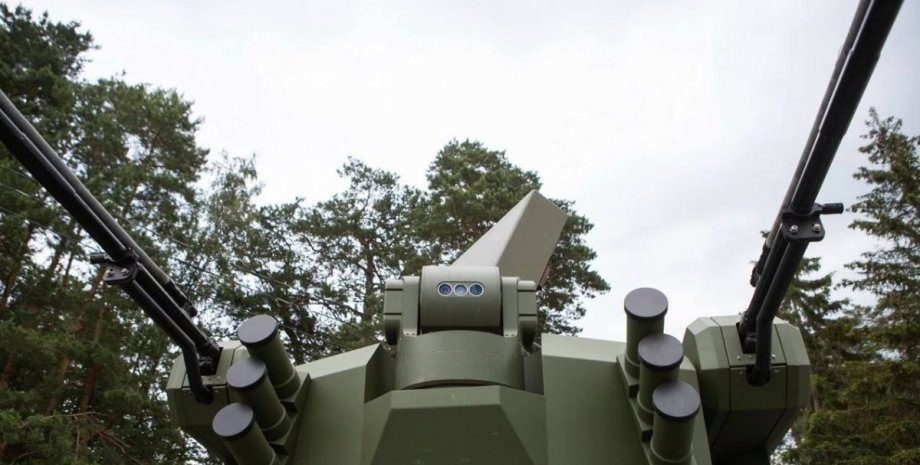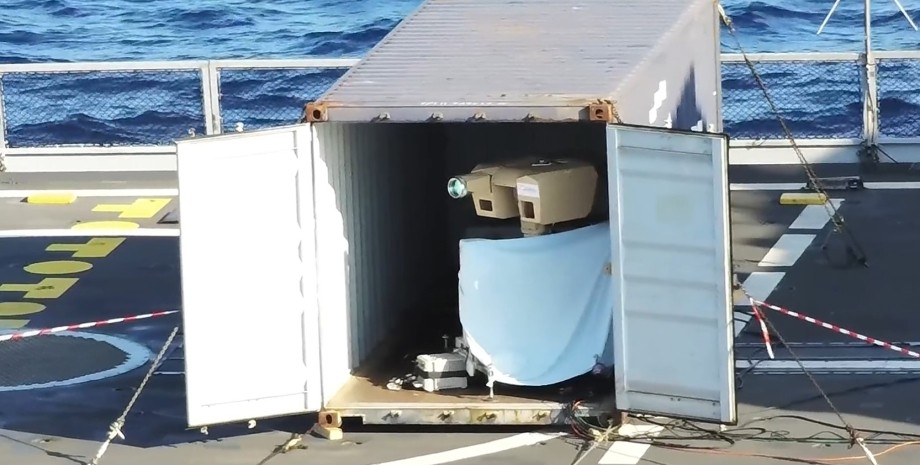
 By Victor Duda
By Victor Duda
This step was a response to the continuing activity of the People's Liberation Army of China (NVAK) near the Southern Air Air of the Island. This was reported on February 5 by Janes. The deployment of new PPO systems has received the budget report presented by the Ministry of National Defense Taiwan (MND), which referred to the transformation of 12 available objects with MIM-23 Hawk and Sky Bow II into object .
Reconstruction works are expected to include the creation of new objects, such as garages, landfills, components, ammunition depots, maintenance and control centers, as well as radar and fire installations, for the deployment of Sky Bow III systems.
It is noted that in recent years, China has been sending an increasing number and variety of military aircraft to the declared Taiwan ID identification zone to check the appropriate measures and the ability of the Taiwanese military-air forces to maintain air defense in a state of increased combat. The Sky Bow Anti-aircraft missile complexes have been developed by the Zhong-Shan (NCSIST) State Institute of Science and Technology.
Sky Bow III was first introduced to the public in 2007 and launched in mass production in 2014. The detailed technical parameters of the new systems are not yet specified, but it is known that new SCRs have decent mobility, improved engines and enhanced protection against obstacles. In this case, the maximum speed of the interceptor is 4 mah, and the flight range is 70 km.
Compared to its predecessors, it is the mobility of the Sky Bow III platform that complicates its defeat, and the ability to detect allows it to see targets with a radar section of several square centimeters. In addition, it is argued that the antenna-driven antenna with a phase grate of the system is able to accurately predict and adjust changes in the trajectory of any normal ballistic missile that the Chinese side can run.










All rights reserved IN-Ukraine.info - 2022